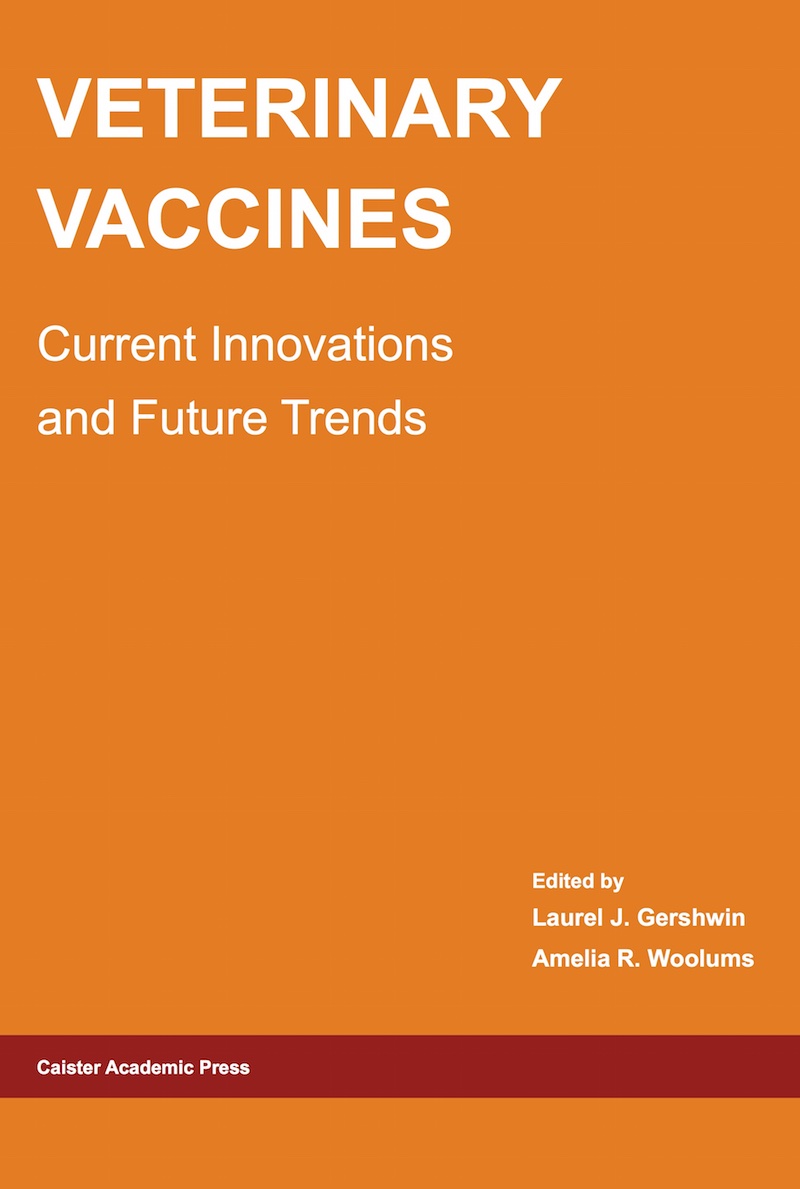Human Environment
Johan Dicksved, Liping Zhao and Janet K. Jansson
from: Environmental Molecular Microbiology (Edited by: Wen-Tso Liu and Janet K. Jansson). Caister Academic Press, U.K. (2010)
Abstract
Applications of recent advances in molecular methods have illuminated the previously hidden diversity of the microbial world that not only inhabits our bodies, but that also lives in a close symbiotic association with us. This human-associated microbiota, or human microbiome, is responsible for many key functions in our bodies. Increasing evidence suggests many important roles of individual members of the human microbiome and their respective influences towards ultimate health and disease of the host. This chapter highlights some of the important functions of the human microbiome, many of which were gleaned using different molecular approaches. The clinical field has thus greatly benefited from the molecular toolbox that was initially developed by microbial ecologists for investigation of other complex ecosystems, such as soil. As the field has progressively moved away from a dependence on cultivation-based approaches towards increasing reliance on molecular approaches, the amount of knowledge about the human microbiome composition and function has greatly expanded. Most recent studies using molecular tools, including various 'omics' approaches, have focused on the intestinal microbiota. Therefore, we have also primarily discussed the gut microbiota in this chapter. In addition, the influence of difference host-related factors, such as genetics, age, birth mode, diet and geographical location are discussed with respect to their impact on the composition and related function of the human microbiome. Some beneficial bacteria, such as probiotic strains, are discussed, in addition to those that are particularly detrimental to human health. Some of the latter include correlations of microbial compositions to intestinal diseases and cancer. The more information that we have about the key roles of specific members of the human microbiome, the more potential we have for manipulation of the composition of the microbiota to enhance the prevalence of beneficial species and to diminish the amounts of detrimental ones. This is a guiding vision for future research in this area read more ...



